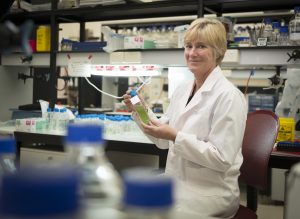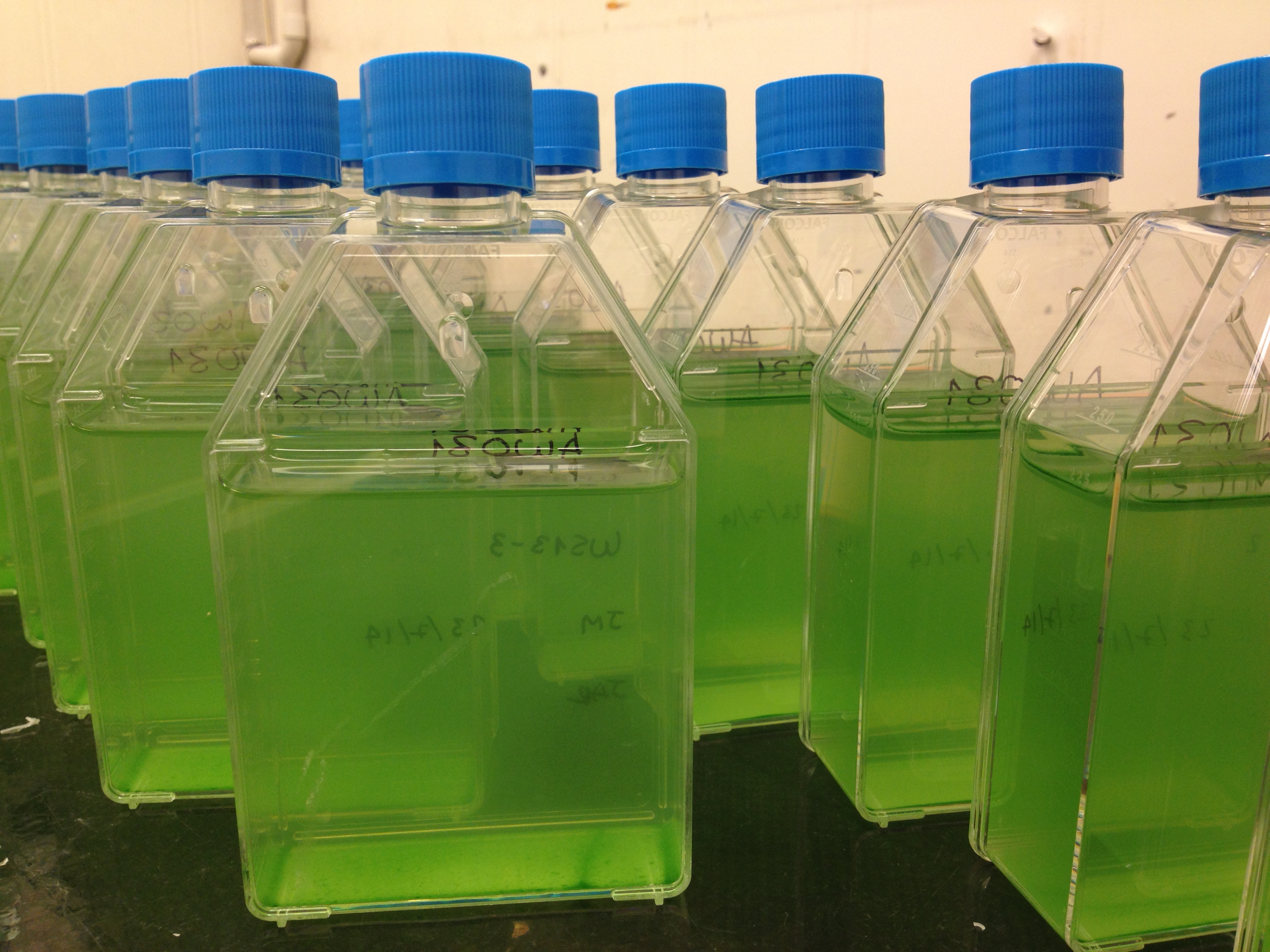Smelly, murky water. Damage to the Great Barrier Reef. Toxic build-up in fish that can be deadly when eaten.
Harmful algal blooms can play a part in all of these issues, but a new book that has been co-edited by a Griffith University expert reveals there are ways to reduce the occurrence of damaging blooms.
Professor Michele Burford, from Griffith’s School of Environment and Science and the Australian Rivers Institute, was part of the team of editors behind Global Ecology and Oceanography of Harmful Algal Blooms, published by Springer and now available online.
Professor Burford said the book featured input from experts from around the world and collated their research from the past 10 years into one place on the causes, impacts and management options for harmful algal blooms, which she said was a growing problem worldwide.
“The blooms are a problem is for a range of reasons,” Professor Burford said. “They can be toxic so they can cause illness or death in humans and animals; and they can also accumulate in fish and shellfish, so we are affected by eating them.
“Blooms sometimes form unsightly scums that smell. When they die they fall to the bottom of the water, bacteria start eating them and they suck all the oxygen out of the water, and you end up with things called ‘dead zones’. There are more than 200 of these areas around the world where all the animals that lived on the bottom of them have now died because all the oxygen is gone.”
“Microalgae are like bacteria, they divide into two, and if they have lots of light and nutrients they grow really fast. And before you know it, it’s like ‘Fantasia’ – suddenly you have this ‘Fantasia’ of an algal bloom.”

Professor Burford, who is a member of the UNESCO-funded international committee known as GEOHAB which was behind the book, said climate change and increasing nutrients from the land were found to be key factors affecting the frequency and intensity of some harmful algal blooms.
“The fear with climate change and increasing temperatures is that a lot of algae grow faster when it’s warmer, so it will just exacerbate the problem further,” Professor Burford said. “For example, published papers show that in areas where it’s colder in the winter time, there’s an earlier start to the blooms because it’s warmer earlier.”
While Australia is faring relatively well when it cames to the prevalence of harmful algal blooms in marine waters compared to the rest of the world, Professor Burford said national management practices could be improved to help protect our waterways, including sites such as the Great Barrier Reef.
“On the reef we see an increase in algae because there’s a lot of run-off from the catchments, but it doesn’t tend to reach a serious are well flushed,” she said. “But the concern there is the Crown of Thorns starfish; the idea being that more nutrients from the catchments make algae grow more easily, this then becomes a good food source for the Crown of Thorns larvae.
“Unlike our marine waters, our freshwater lakes, reservoirs and some large river systems have lots of problems with blooms of blue-green algae, or cyanobacteria. Australian and New Zealand scientists are world leaders in studying these types of algae, which are increasingly blooming in other countries around the world. We have learnt a lot about how to manage them.”
“Overall, we are lucky here in that we have good management practices but they can be improved. Given the large scale algal blooms occurring regularly in marine and freshwaters in other parts of the world, it’s a cautionary tale for Australia. You only have to look at problems with algal blooms in coastal areas of other countries to know that that’s how it could look here, and that’s not a place we want to be.
“The book is a good resource for academics and policymakers because it collates so much information in the one place.”
